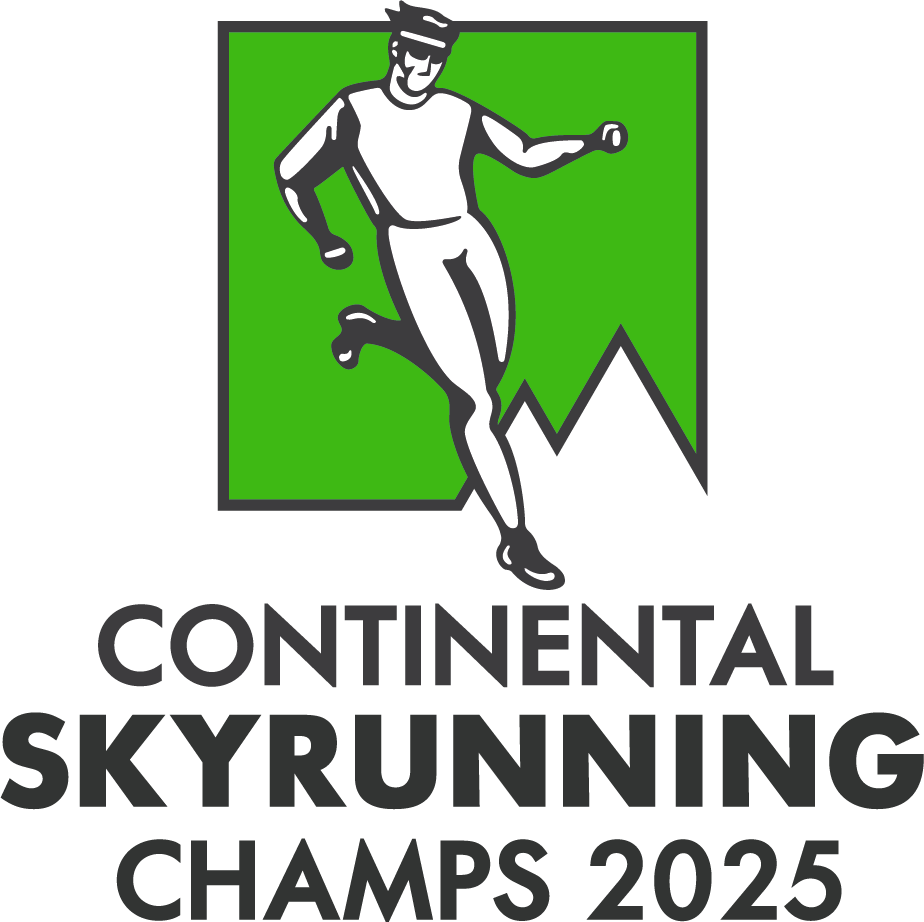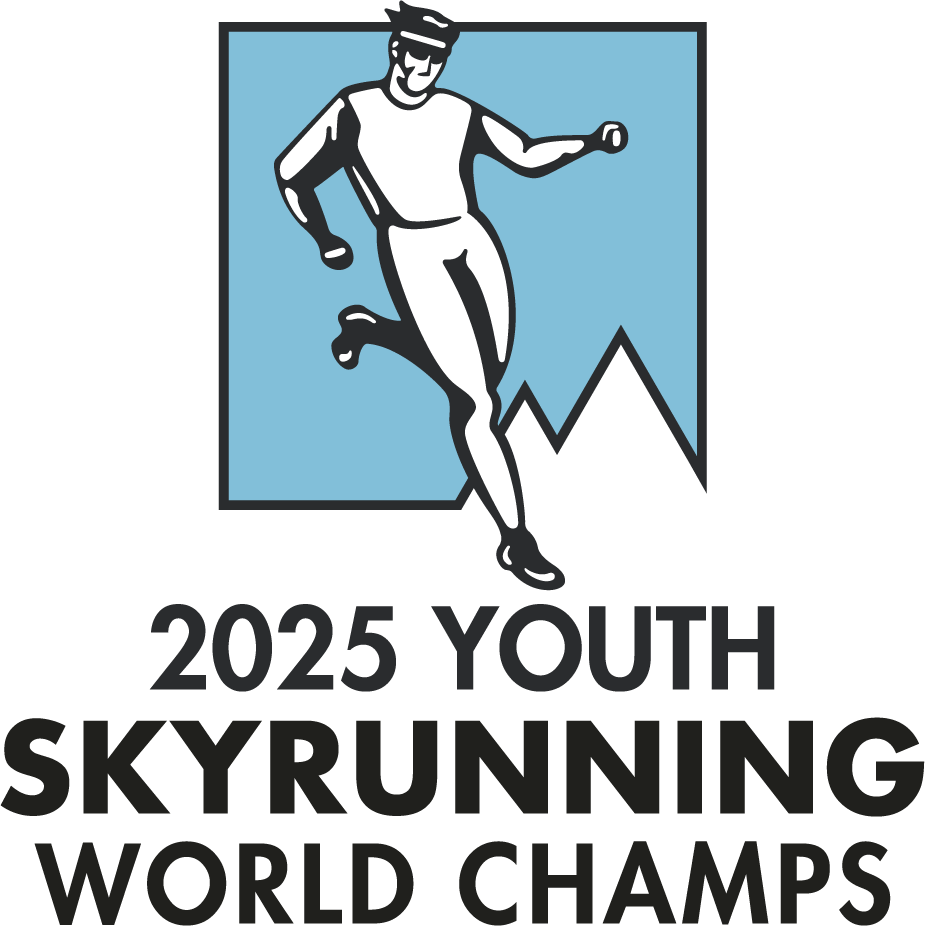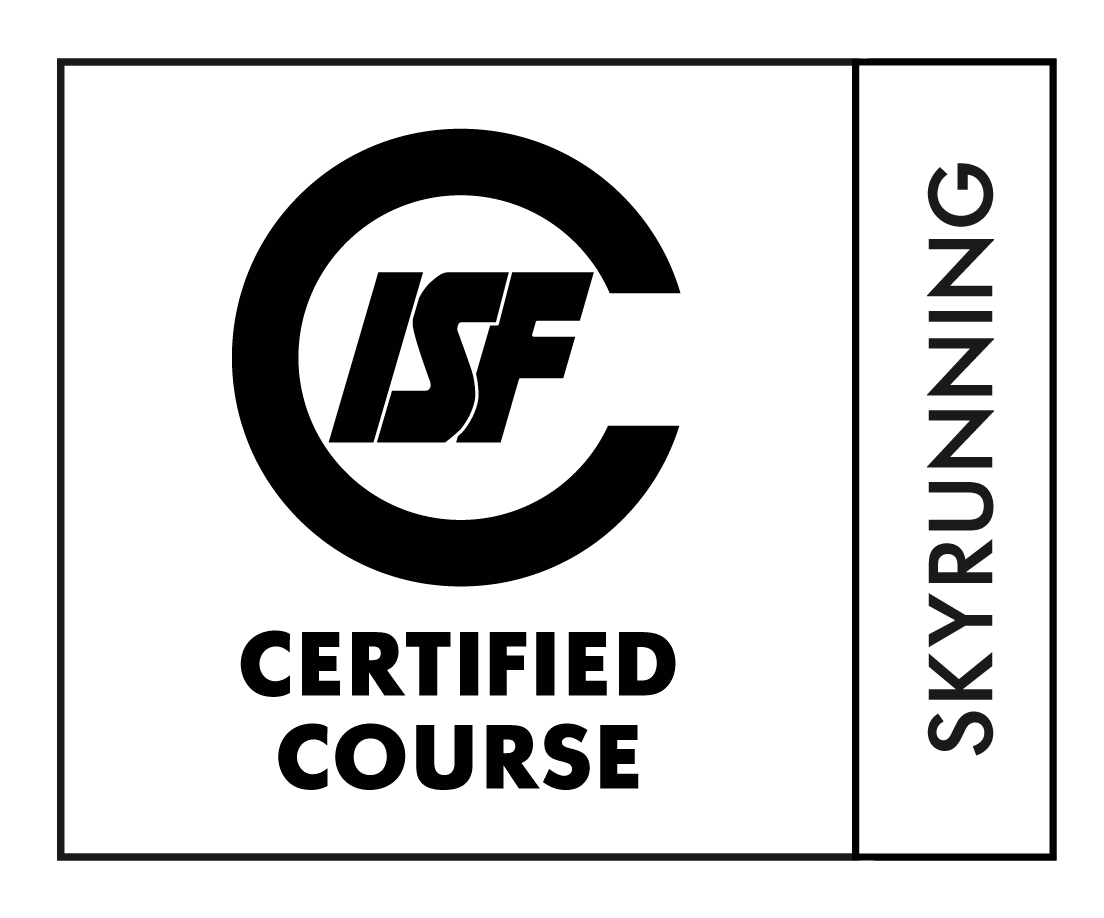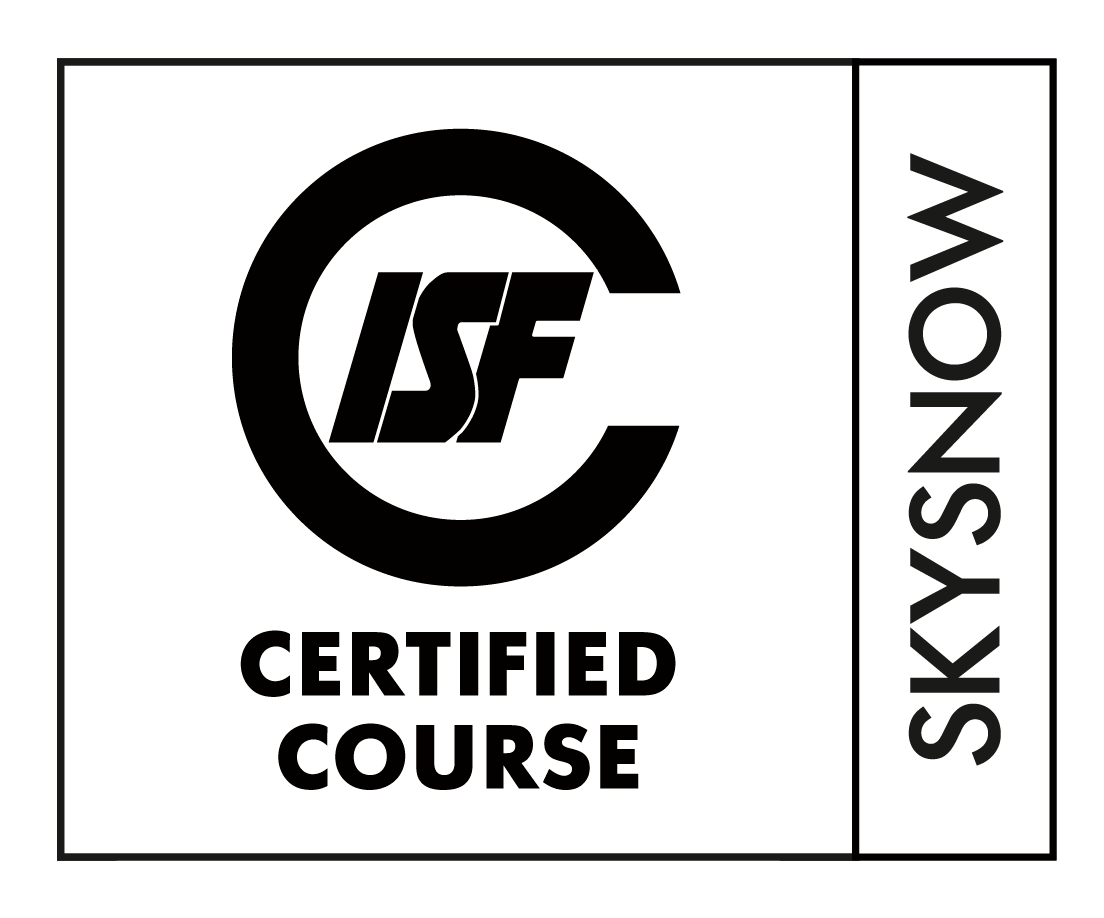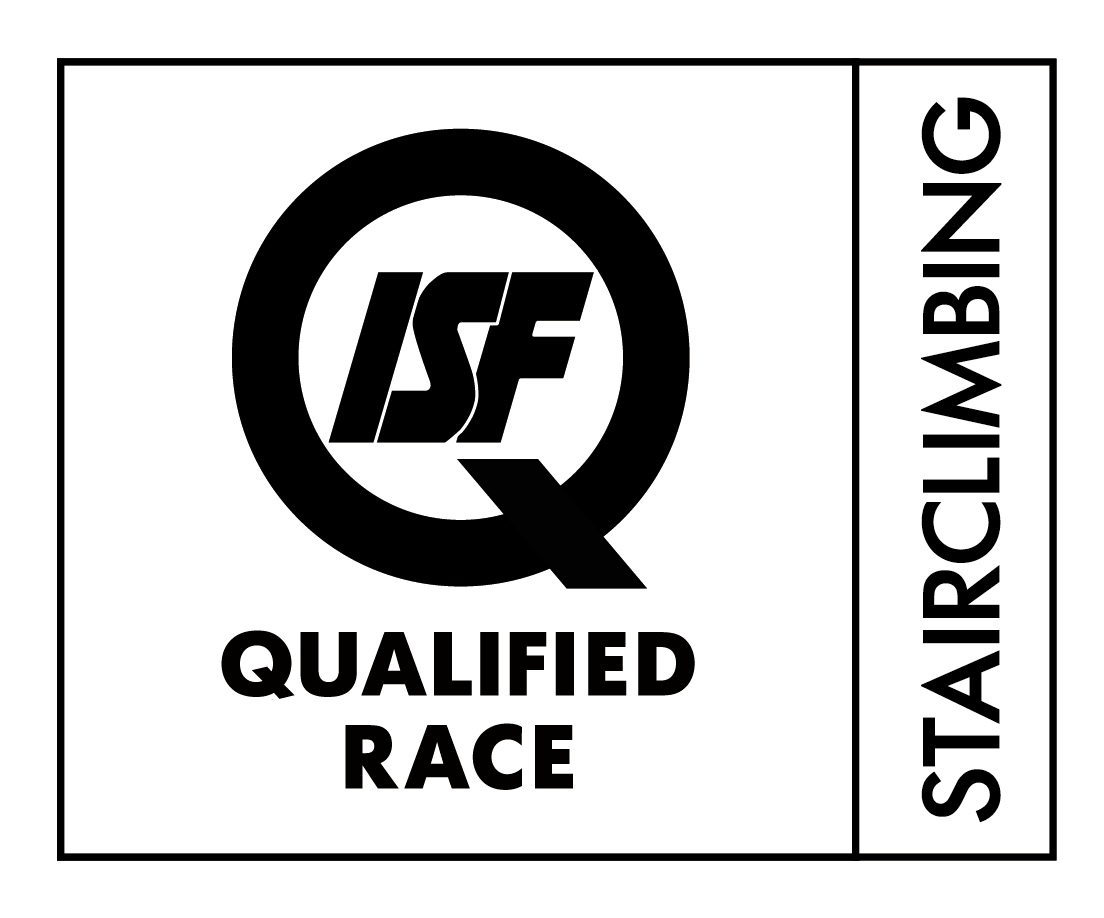ISF Environmental Rules & Guide Lines

Since the foundation of the ISF in 2008, specific rules and guidelines have been included relative to the protection of the environment.
Basic regulations have been developed in collaboration with the Italian Ecosport Environment Association in the “Manuale Sport per l’Ambiente” which also serves as a basis for other disciplines operating in the mountain and protected areas.
Current ISF Rules – Environmental Regulations (Extract)
ECOLOGY ISSUES. Race organisers must take into account ecological issues before, during and after the race. Reference may be made to the ISF Environment Commission’s guidelines.
5.3 COURSE MARKING – The organisers must guarantee basic signage (flags or other signage) for the safety of the competitors. It should be made of biodegradable material and removed immediately after the closure of the competition.
5.3.1 In the event of a clearly defined course without flags or other signage, safety measures and special check points must be adopted by the organisers. These points must be explained prior to the event at a specific briefing.
5.22 ENVIRONMENTAL ISSUES – The organisers must take all necessary measures to avoid designing courses that cross areas with sensitive ecosystems, ensure the rapid removal of race marking at the end of the race, rapid removal of all waste material discarded by spectators and participants and that only natural biodegradable products are for used for marking, etc.
For athletes:
7.11.1 A penalty of from three minutes to disqualification will be applied for throwing trash outside the check point areas (100m +/-).
ISF Environmental Guide Lines
Rules finalised for voluntary certification in sport events to share with:
a) outdoor sports international federations and UIAA
b) organisers of international events and multi-sport races held in mountain and protected areas.
Sports federations, associations and organiSations must observe, circulate and promote the following points during the events and at the briefing:
- To invite the athletes before and during the race to adopt ecological behaviour such as:
– To use public transport to reach the start line or to adopt “car pooling /car – sharing”
– The careful management of their trash and to respect the flora and fauna. - Assess with local experts and ecological guides the maximum load of car parks and pathways, the staggering of the departures or to place a limit of members.
- Identify areas for car parks in the city areas and / or organise special shuttles for access to departure and finish area.
- Undertake to use the resources that are not harmful to the environment, to promote ecological gifts and prizes in natural materials.
- To study and to implement ways to minimise the use of plastic glasses and plates, to promote the use of carton plates and the use of a personal glass, recyclable accessories or the partial self-sufficiency on the race course (personal water and food); to select the collection of biodegradable waste, plastic and recyclable.
- To mark the route with low visual and environmental impact. Give priority to biodegradable spray and signage. Promote the use of GPS for safety and to limit the use of invasive signals on the course.
- To organise aid-stations with trash containers and to punish with penalty or the disqualification the athletes that throw trash, paper towels or other items outside the indicated areas.
- To ensure the monitoring of the route after the race, to remove the signs and avoid the temporary storage of waste. To inform the athletes on the correct use of path and to punish by penalty or disqualification those who cut the track points that may damage the soil.
- To promote initiatives to clean and restore the paths through the organisation of outdoor sporting events, to be shared with government agencies and individuals linked to the area, highlighting the positive effects of mountain sports.
- To encourage the attendance and enjoyment of the recreational areas noting that the environment is an ecosystem to be protected with the correct access to natural areas too, through the positive role played by the individual environmental control and on the activities of the other users.
- To encourage the local economic activities in the organisation of events on the territory and services, to promote overnight accommodation and catering in the area, boosting the event as an antidote to the abandonment and the uncontrolled speculation.
- To give priority to the transportation on foot of equipment and staff in places inaccessible to cars, transporting materials physically and minimise transportation by jeep and helicopter.
- To limit the use of the helicopter and other aircraft during the race even in areas where it is allowed without limitation, to set time limits and timetables on flight duration (one hour max) or limited to emergency operations.
- To organise the start/finish areas and intermediate aid stations with light materials, taking care to limit their impact, including visual and sound equipment, to set the limits of the max volume of speakers or other apparatus and musical instruments.
- To supply chemical toilets and fire protection equipment in natural areas that are not equipped and to make arrangements for behavioral hygiene and to handle any medical emergencies along the way.
- To establish procedures to protect the environment in case of the necessity to carry out bodily functions by indicating the location (downstream of the path, at least 2 metres away from springs or surface water, etc).
- Zero Impact – There is no human activity with “zero” impact, but it is possible to minimize this and establish correct human behavior with respect to nature by following the indications above. In addition, many solutions of “environmental compensation” should be sought for the production of CO2 generated by the event.
Read the in-depth 80-page study carried out by our Spanish member, FEDME, on racing events in the mountains, their impact on the environment and how this can be mitigated. Share it. It touches all of us, Federation, members, race organisers and participants.
Download the study here.

